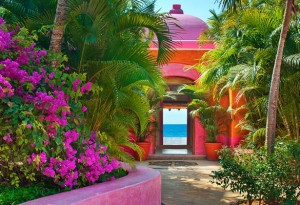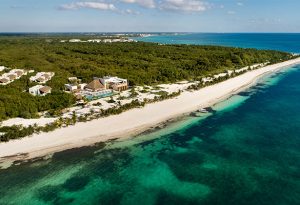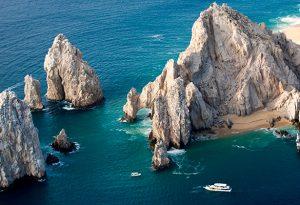 This week marks the beginning of Carnival (also known as Mardi Gras in the US), which is celebrated in many regions of the world and was brought to Mexico by the Spaniards. Because celebrations begin the week before Ash Wednesday (the start of Lent), the date of Carnival changes year to year. This year’s festivities will begin this weekend for most of Mexico; however, the nation’s two largest celebrations in Veracruz and Mazatlan have already begun.
This week marks the beginning of Carnival (also known as Mardi Gras in the US), which is celebrated in many regions of the world and was brought to Mexico by the Spaniards. Because celebrations begin the week before Ash Wednesday (the start of Lent), the date of Carnival changes year to year. This year’s festivities will begin this weekend for most of Mexico; however, the nation’s two largest celebrations in Veracruz and Mazatlan have already begun.
The history of Carnival relates to the Biblical 40 days of Lent, which refers to the 40 days Jesus Christ spent in the desert. During lent, participants give up eating rich foods such as meat, dairy, fats and sugar to pay homage to the suffering and self control of Christ. Because all rich foods had to be rid of by Ash Wednesday, people began converging for large feasts leading up to the start of Lent in order to dispose of the food so it wouldn’t just go to waste. These feasts are the origin of the large, colorful parties we celebrate today.
Though Mexico’s most famous carnival festivities are held in Veracruz and Mazatlan (and are considered by many to rival those of Rio de Janeiro and New Orleans), other cities throughout Mexico like Merida, Cozumel, Campeche, Ensendada, La Paz, and Puerto Vallarta throw large Carnvial celebrations that are not be missed.





